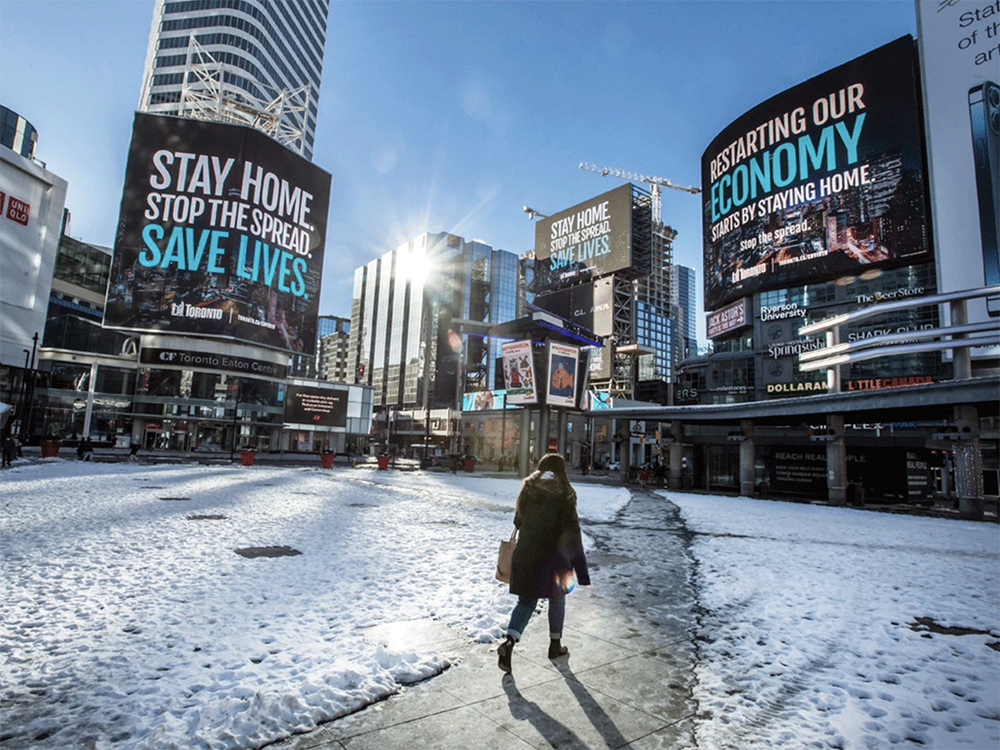Apologize if this has already been posted and discussed but kind of goes along with my above
CBS News article on long covid workers out of the workforce. Researchers in England using xenon have found in their small study that long haulers are shown to have lung damage that doesn’t get picked up on traditional x-rays and goes to explain why they remain so tired and out of breath. The lung scan is quite an eye-opener. Larger studies are planned. But for anyone thinking covid isn’t so bad and no big deal, they should read about this if they are trying to get better informed before vaccinating. Anyone with bad asthma or COPD will tell you not being able to get enough air is a horrible thing to live with. Long haulers have no idea when or if they will fully recover.
Researchers have identified abnormalities in the lungs of long COVID patients with breathlessness but whose other tests are normal.
www.nihr.ac.uk
I've done neurofeedback, and my partner has done more than I have. She's working with a therapist who is a major brain geek. He's convinced long COVID is a form of brain damage. He's gotten to a point where he can spot it on a brain map. He's been working on protocols to reverse it, but it's a slow process.
He was essentially the first neurofeedback therapist in the world to look at long COVID. He started seeing patterns in brain maps and went on practitioner forums and nobody else had seen it. That was about a year ago. More people are looking at it now.
My partner wanted to be a doctor, but couldn't get through the math requirements in pre-med. She does routinely read medical journal articles for whatever health thing interests her at the moment. She's been research long COVID (because she's had a mildish case since 2020). She's been frustrated because there isn't much research out there yet, but she said that several articles seemed to point to long COVID being an auto-immune disease. Essentially the immune system gets so cranked up it keeps attacking even after COVID has left the system. With no virus around, it attacks the body.
That makes sense that people who had mild cases of COVID are more likely to develop long COVID. The immune system fought off the virus with little trouble, but it recognized the seriousness of the threat and went on hyper-alert.
I didn't quote the article from Tuesday that a lot of people who dropped out of the workforce have long COVID. I'm not surprised that has happened.
People keep talking about "getting back to normal". COVID has permanently changed society. Omicron is not as dangerous as previous variants of COVID, but compared to the endemic diseases we deal with in a before times year, it is still dangerous. We don't know yet if the risk of long COVID is diminished, and people are getting sicker with Omicron than they typically do with cold or flu.
If Omicron becomes the long term variant, or something similar does, we will be seeing higher work and school absences from illness. Some people are still getting pretty ill with Omicron. The net drag on the economy from people who could be permanently disabled from long COVID will be with us the rest of our lives.
We also have a big mental health burden from this pandemic. People lost people they were close to. Some people dealt with the isolation fine, but others suffered badly. Parents had to deal with kids home all the time and a generation of kids just went through high weirdness during a very formative part of their lives. I also know people who tend towards anxiety who are still scared to death of COVID. In the US and I think many other countries alcohol consumption went up, there may be some substance abuse issues in the coming years.
I feel like I've been through a battle, everyone around me got wounded and I got away with a few scratches. My work didn't change, home life didn't change, shopping got weird, but I was fortunate not to lose anyone close from the virus. Though my father did die of natural causes during the pandemic. I do know people who lost people close and they are hurting. Some others who lost loved ones to natural causes feel they weren't able to have the proper funeral and feel like there wasn't closure.
We have a lot of damage from this. "Getting back to normal" is going to be like Charlie Brown, Lucy, and the football. We need to find a new normal.







